Vector products (1) - Scalar and Vector Products | Calculus of Scalar and Vector Fields (Undergraduate Advanced)
SPONSORED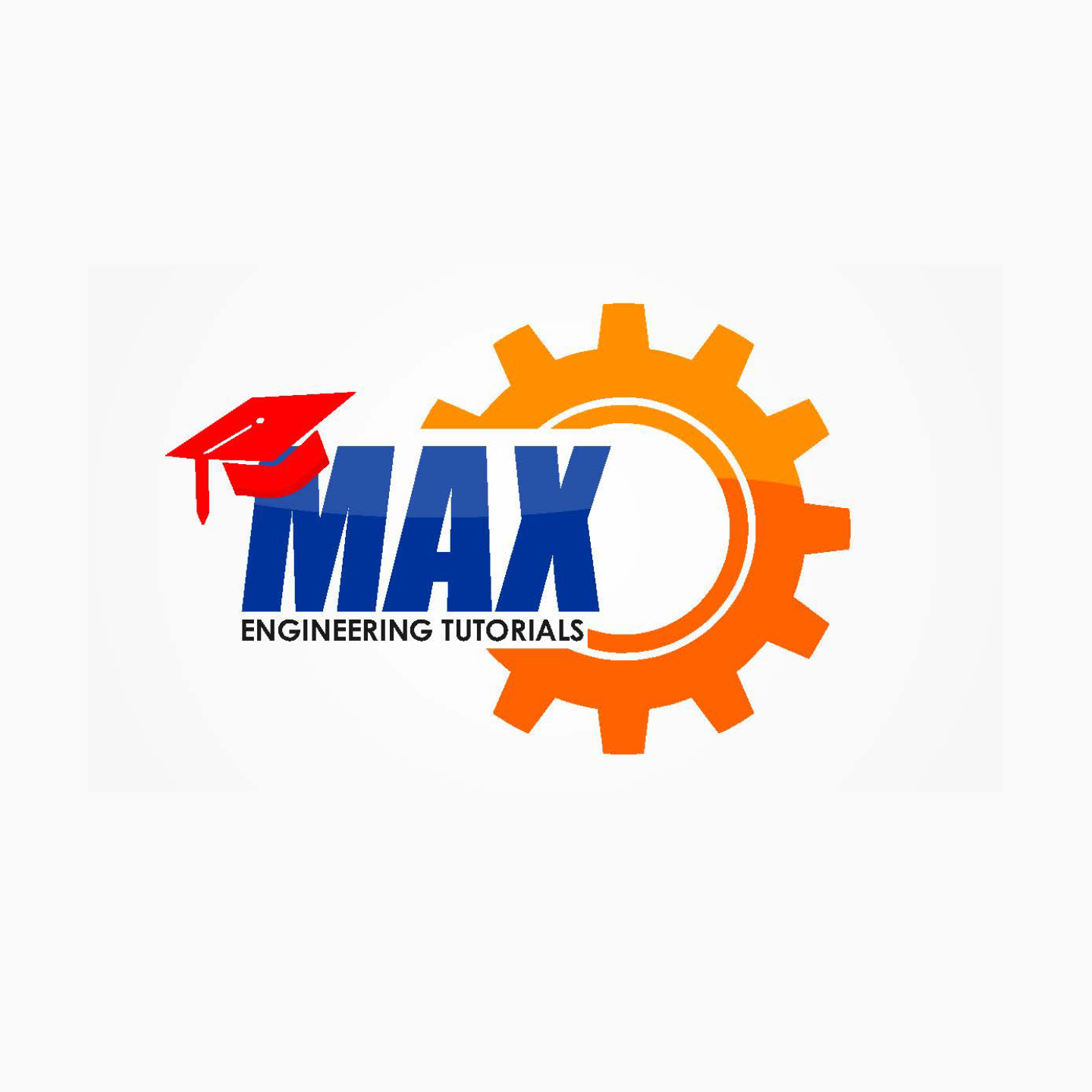 Get Personalized Tutoring NowStruggling with a tough concept or looking to advance your skills? Our expert tutors offer one-to-one guidance tailored to your unique needs.
Get instant support, clear explanations, and practical strategies to master even the most challenging subjects. With flexible scheduling and customized learning plans, success is just a session away.
Book your personalized tutoring today and start achieving your academic goals!
Get Personalized Tutoring NowStruggling with a tough concept or looking to advance your skills? Our expert tutors offer one-to-one guidance tailored to your unique needs.
Get instant support, clear explanations, and practical strategies to master even the most challenging subjects. With flexible scheduling and customized learning plans, success is just a session away.
Book your personalized tutoring today and start achieving your academic goals!
Struggling with a tough concept or looking to advance your skills? Our expert tutors offer one-to-one guidance tailored to your unique needs. Get instant support, clear explanations, and practical strategies to master even the most challenging subjects. With flexible scheduling and customized learning plans, success is just a session away. Book your personalized tutoring today and start achieving your academic goals!
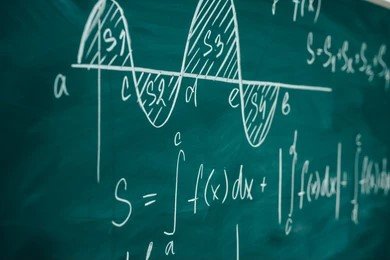 Calculus of Scalar and Vector Fields (Undergraduate Advanced)Do you want to learn how to manipulate and analyze scalar and vector fields using advanced calculus techniques? Do you want to understand the concepts and methods of scalar and vector products, gradient, divergence, curl, and Laplacian operators? Do you want to apply the principles of vector analysis to solve problems in physics, engineering, and other disciplines?
If you answered yes to any of these questions, then this course is for you!
In this course, you will learn the fundamentals of calculus of scalar and vector fields, which is the branch of mathematics that deals with functions and operators that map points in space to scalars or vectors. You will learn how to use different notations and conventions to express scalar and vector fields, such as Einstein's summation, Kronecker delta, and Levi-Civita symbols. You will learn how to perform scalar and vector products of vectors, which are useful for measuring angles, areas, and volumes. You will learn how to compute and interpret the gradient of a scalar field, which measures the rate and direction of change of a scalar function. You will learn how to compute and interpret the divergence and curl of a vector field, which measure the sources and vortices of a vector field. You will also learn how to use the Laplacian operator, which combines the divergence and the gradient, and is useful for studying heat conduction, electrostatics, and fluid dynamics.
This course will equip you with the skills and knowledge to solve various problems involving scalar and vector fields. You will be able to apply the concepts and methods of calculus of scalar and vector fields to fields such as physics, engineering, chemistry, biology, and more. You will also be able to appreciate the power of vector analysis theorems, such as Gauss', Green's, and Stokes' theorems, which relate the integrals of scalar and vector fields over different domains.
By the end of this course, you will be able to:
- Define and explain the meaning of scalars, vectors, and tensors
- Identify and use different notations and conventions for scalar and vector fields
- Perform scalar and vector products of vectors and calculate angles, areas, and volumes
- Compute and interpret the gradient of a scalar field and its properties
- Compute and interpret the divergence and curl of a vector field and their properties
- Compute and interpret the Laplacian of a scalar or a vector field and its applications
- Use different coordinate systems and bases to express scalar and vector fields and operators
- Compute and interpret the gradient, divergence, curl, and Laplacian in orthogonal curvilinear coordinates
- Recognize and use some special curvilinear coordinates, such as cylindrical and spherical coordinates
- Apply the vector analysis theorems, such as Gauss', Green's, and Stokes' theorems, to relate the integrals of scalar and vector fields over different domains
Created for students, engineers, scientists, and anyone passionate about learning the calculus of scalar and vector fields, this course assumes a basic background in calculus, linear algebra, and vector algebra. With engaging video lessons, interactive quizzes, practice problems, and supportive peer interactions, you'll embark on a journey of discovery and mastery like never before.
Seize the opportunity to advance your mathematical skills and unlock new problem-solving possibilities with an enrolment right away!
Calculus of Scalar and Vector Fields (Undergraduate Advanced)Do you want to learn how to manipulate and analyze scalar and vector fields using advanced calculus techniques? Do you want to understand the concepts and methods of scalar and vector products, gradient, divergence, curl, and Laplacian operators? Do you want to apply the principles of vector analysis to solve problems in physics, engineering, and other disciplines?
If you answered yes to any of these questions, then this course is for you!
In this course, you will learn the fundamentals of calculus of scalar and vector fields, which is the branch of mathematics that deals with functions and operators that map points in space to scalars or vectors. You will learn how to use different notations and conventions to express scalar and vector fields, such as Einstein's summation, Kronecker delta, and Levi-Civita symbols. You will learn how to perform scalar and vector products of vectors, which are useful for measuring angles, areas, and volumes. You will learn how to compute and interpret the gradient of a scalar field, which measures the rate and direction of change of a scalar function. You will learn how to compute and interpret the divergence and curl of a vector field, which measure the sources and vortices of a vector field. You will also learn how to use the Laplacian operator, which combines the divergence and the gradient, and is useful for studying heat conduction, electrostatics, and fluid dynamics.
This course will equip you with the skills and knowledge to solve various problems involving scalar and vector fields. You will be able to apply the concepts and methods of calculus of scalar and vector fields to fields such as physics, engineering, chemistry, biology, and more. You will also be able to appreciate the power of vector analysis theorems, such as Gauss', Green's, and Stokes' theorems, which relate the integrals of scalar and vector fields over different domains.
By the end of this course, you will be able to:
- Define and explain the meaning of scalars, vectors, and tensors
- Identify and use different notations and conventions for scalar and vector fields
- Perform scalar and vector products of vectors and calculate angles, areas, and volumes
- Compute and interpret the gradient of a scalar field and its properties
- Compute and interpret the divergence and curl of a vector field and their properties
- Compute and interpret the Laplacian of a scalar or a vector field and its applications
- Use different coordinate systems and bases to express scalar and vector fields and operators
- Compute and interpret the gradient, divergence, curl, and Laplacian in orthogonal curvilinear coordinates
- Recognize and use some special curvilinear coordinates, such as cylindrical and spherical coordinates
- Apply the vector analysis theorems, such as Gauss', Green's, and Stokes' theorems, to relate the integrals of scalar and vector fields over different domains
Created for students, engineers, scientists, and anyone passionate about learning the calculus of scalar and vector fields, this course assumes a basic background in calculus, linear algebra, and vector algebra. With engaging video lessons, interactive quizzes, practice problems, and supportive peer interactions, you'll embark on a journey of discovery and mastery like never before.
Seize the opportunity to advance your mathematical skills and unlock new problem-solving possibilities with an enrolment right away!
Do you want to learn how to manipulate and analyze scalar and vector fields using advanced calculus techniques? Do you want to understand the concepts and methods of scalar and vector products, gradient, divergence, curl, and Laplacian operators? Do you want to apply the principles of vector analysis to solve problems in physics, engineering, and other disciplines? If you answered yes to any of these questions, then this course is for you! In this course, you will learn the fundamentals of calculus of scalar and vector fields, which is the branch of mathematics that deals with functions and operators that map points in space to scalars or vectors. You will learn how to use different notations and conventions to express scalar and vector fields, such as Einstein's summation, Kronecker delta, and Levi-Civita symbols. You will learn how to perform scalar and vector products of vectors, which are useful for measuring angles, areas, and volumes. You will learn how to compute and interpret the gradient of a scalar field, which measures the rate and direction of change of a scalar function. You will learn how to compute and interpret the divergence and curl of a vector field, which measure the sources and vortices of a vector field. You will also learn how to use the Laplacian operator, which combines the divergence and the gradient, and is useful for studying heat conduction, electrostatics, and fluid dynamics. This course will equip you with the skills and knowledge to solve various problems involving scalar and vector fields. You will be able to apply the concepts and methods of calculus of scalar and vector fields to fields such as physics, engineering, chemistry, biology, and more. You will also be able to appreciate the power of vector analysis theorems, such as Gauss', Green's, and Stokes' theorems, which relate the integrals of scalar and vector fields over different domains. By the end of this course, you will be able to: - Define and explain the meaning of scalars, vectors, and tensors - Identify and use different notations and conventions for scalar and vector fields - Perform scalar and vector products of vectors and calculate angles, areas, and volumes - Compute and interpret the gradient of a scalar field and its properties - Compute and interpret the divergence and curl of a vector field and their properties - Compute and interpret the Laplacian of a scalar or a vector field and its applications - Use different coordinate systems and bases to express scalar and vector fields and operators - Compute and interpret the gradient, divergence, curl, and Laplacian in orthogonal curvilinear coordinates - Recognize and use some special curvilinear coordinates, such as cylindrical and spherical coordinates - Apply the vector analysis theorems, such as Gauss', Green's, and Stokes' theorems, to relate the integrals of scalar and vector fields over different domains Created for students, engineers, scientists, and anyone passionate about learning the calculus of scalar and vector fields, this course assumes a basic background in calculus, linear algebra, and vector algebra. With engaging video lessons, interactive quizzes, practice problems, and supportive peer interactions, you'll embark on a journey of discovery and mastery like never before. Seize the opportunity to advance your mathematical skills and unlock new problem-solving possibilities with an enrolment right away!
 CHE 305: Engineering Analysis IAdvanced engineering mathematics covering solid analytical geometry, integrals, scalar and vector fields, matrices and determinants and complex variables.
Curated for third-year students of engineering at Obafemi Awolowo University, Ile-Ife, Nigeria. Students and professionals with similar learning goal will also find this learning track useful.
CHE 305: Engineering Analysis IAdvanced engineering mathematics covering solid analytical geometry, integrals, scalar and vector fields, matrices and determinants and complex variables.
Curated for third-year students of engineering at Obafemi Awolowo University, Ile-Ife, Nigeria. Students and professionals with similar learning goal will also find this learning track useful.
Advanced engineering mathematics covering solid analytical geometry, integrals, scalar and vector fields, matrices and determinants and complex variables. Curated for third-year students of engineering at Obafemi Awolowo University, Ile-Ife, Nigeria. Students and professionals with similar learning goal will also find this learning track useful.
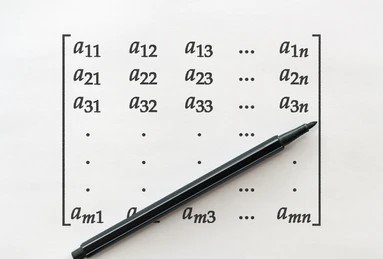 MTH 202: Mathematical Methods IIComprehensive treatise of advanced mathematics covering vector calculus, complex numbers, linear vector spaces, linear maps, matrices, eigenvalues and eigenvectors.
Curated for second-year students of engineering and physical sciences at Obafemi Awolowo University, Ile-Ife, Nigeria. Students and professionals with similar learning goal will also find this learning track useful.
MTH 202: Mathematical Methods IIComprehensive treatise of advanced mathematics covering vector calculus, complex numbers, linear vector spaces, linear maps, matrices, eigenvalues and eigenvectors.
Curated for second-year students of engineering and physical sciences at Obafemi Awolowo University, Ile-Ife, Nigeria. Students and professionals with similar learning goal will also find this learning track useful.
Comprehensive treatise of advanced mathematics covering vector calculus, complex numbers, linear vector spaces, linear maps, matrices, eigenvalues and eigenvectors. Curated for second-year students of engineering and physical sciences at Obafemi Awolowo University, Ile-Ife, Nigeria. Students and professionals with similar learning goal will also find this learning track useful.
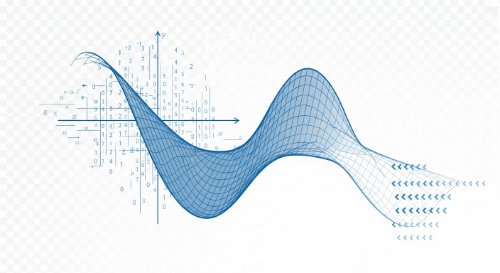 GET 209: Engineering Mathematics IMaster the mathematical language of engineering. This programme delivers the complete analytical toolkit required for a successful engineering career, covering single-variable calculus, multivariable calculus, linear algebra, and vector analysis. It provides the essential foundation for all subsequent engineering courses.
This programme is for second-year undergraduate students across all engineering disciplines. It delivers the official NUC CCMAS curriculum for Engineering Mathematics, providing the core training required for advanced modules in mechanics, thermodynamics, and circuit theory.
Model and analyse complex physical systems using calculus, linear algebra, and vector analysis. You will be equipped to solve problems in dynamics, statics, and field theory, providing the quantitative proficiency required for advanced engineering study and professional practice.
GET 209: Engineering Mathematics IMaster the mathematical language of engineering. This programme delivers the complete analytical toolkit required for a successful engineering career, covering single-variable calculus, multivariable calculus, linear algebra, and vector analysis. It provides the essential foundation for all subsequent engineering courses.
This programme is for second-year undergraduate students across all engineering disciplines. It delivers the official NUC CCMAS curriculum for Engineering Mathematics, providing the core training required for advanced modules in mechanics, thermodynamics, and circuit theory.
Model and analyse complex physical systems using calculus, linear algebra, and vector analysis. You will be equipped to solve problems in dynamics, statics, and field theory, providing the quantitative proficiency required for advanced engineering study and professional practice.
Master the mathematical language of engineering. This programme delivers the complete analytical toolkit required for a successful engineering career, covering single-variable calculus, multivariable calculus, linear algebra, and vector analysis. It provides the essential foundation for all subsequent engineering courses. This programme is for second-year undergraduate students across all engineering disciplines. It delivers the official NUC CCMAS curriculum for Engineering Mathematics, providing the core training required for advanced modules in mechanics, thermodynamics, and circuit theory. Model and analyse complex physical systems using calculus, linear algebra, and vector analysis. You will be equipped to solve problems in dynamics, statics, and field theory, providing the quantitative proficiency required for advanced engineering study and professional practice.
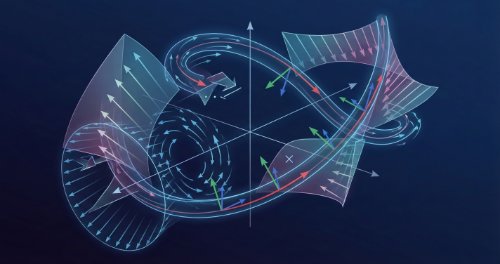 MTH 210: Vector AnalysisVector analysis is the mathematical backbone of classical mechanics, electromagnetism, and fluid dynamics. This learning track delivers the complete NUC CCMAS MTH 210 curriculum, rigorously progressing from fundamental vector algebra to the advanced differential and integral calculus of scalar and vector fields used in complex engineering and scientific modelling.
This programme is targeted at undergraduates in engineering, physics, mathematics, and computer science. It provides the essential mathematical toolkit for students entering disciplines that rely on applied mathematics and spatial analysis, and serves as a rigorous refresher for professionals needing to solidify their command of vector principles.
You will master the full spectrum of vector operations including dot, cross, and triple products, and apply them to solve geometric problems and vector equations. You will acquire the skills to analyze the differential geometry of curves using the Frenet-Serret framework and apply the powerful gradient, divergence, curl, and Laplacian operators in various coordinate systems. Completion establishes the critical mathematical foundation demanded for advanced studies in continuum mechanics, electrodynamics, and theoretical physics.
MTH 210: Vector AnalysisVector analysis is the mathematical backbone of classical mechanics, electromagnetism, and fluid dynamics. This learning track delivers the complete NUC CCMAS MTH 210 curriculum, rigorously progressing from fundamental vector algebra to the advanced differential and integral calculus of scalar and vector fields used in complex engineering and scientific modelling.
This programme is targeted at undergraduates in engineering, physics, mathematics, and computer science. It provides the essential mathematical toolkit for students entering disciplines that rely on applied mathematics and spatial analysis, and serves as a rigorous refresher for professionals needing to solidify their command of vector principles.
You will master the full spectrum of vector operations including dot, cross, and triple products, and apply them to solve geometric problems and vector equations. You will acquire the skills to analyze the differential geometry of curves using the Frenet-Serret framework and apply the powerful gradient, divergence, curl, and Laplacian operators in various coordinate systems. Completion establishes the critical mathematical foundation demanded for advanced studies in continuum mechanics, electrodynamics, and theoretical physics.
Vector analysis is the mathematical backbone of classical mechanics, electromagnetism, and fluid dynamics. This learning track delivers the complete NUC CCMAS MTH 210 curriculum, rigorously progressing from fundamental vector algebra to the advanced differential and integral calculus of scalar and vector fields used in complex engineering and scientific modelling. This programme is targeted at undergraduates in engineering, physics, mathematics, and computer science. It provides the essential mathematical toolkit for students entering disciplines that rely on applied mathematics and spatial analysis, and serves as a rigorous refresher for professionals needing to solidify their command of vector principles. You will master the full spectrum of vector operations including dot, cross, and triple products, and apply them to solve geometric problems and vector equations. You will acquire the skills to analyze the differential geometry of curves using the Frenet-Serret framework and apply the powerful gradient, divergence, curl, and Laplacian operators in various coordinate systems. Completion establishes the critical mathematical foundation demanded for advanced studies in continuum mechanics, electrodynamics, and theoretical physics.